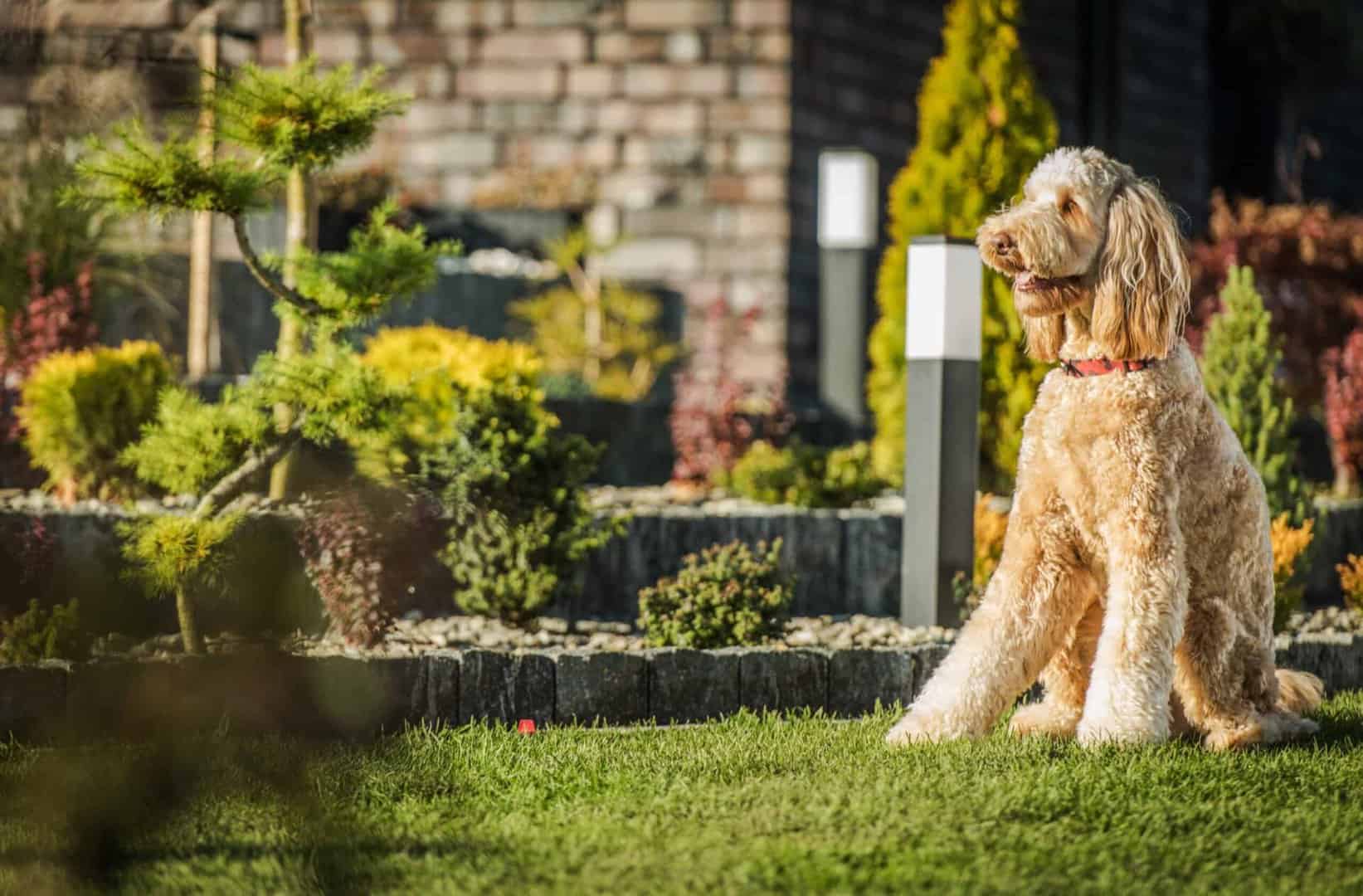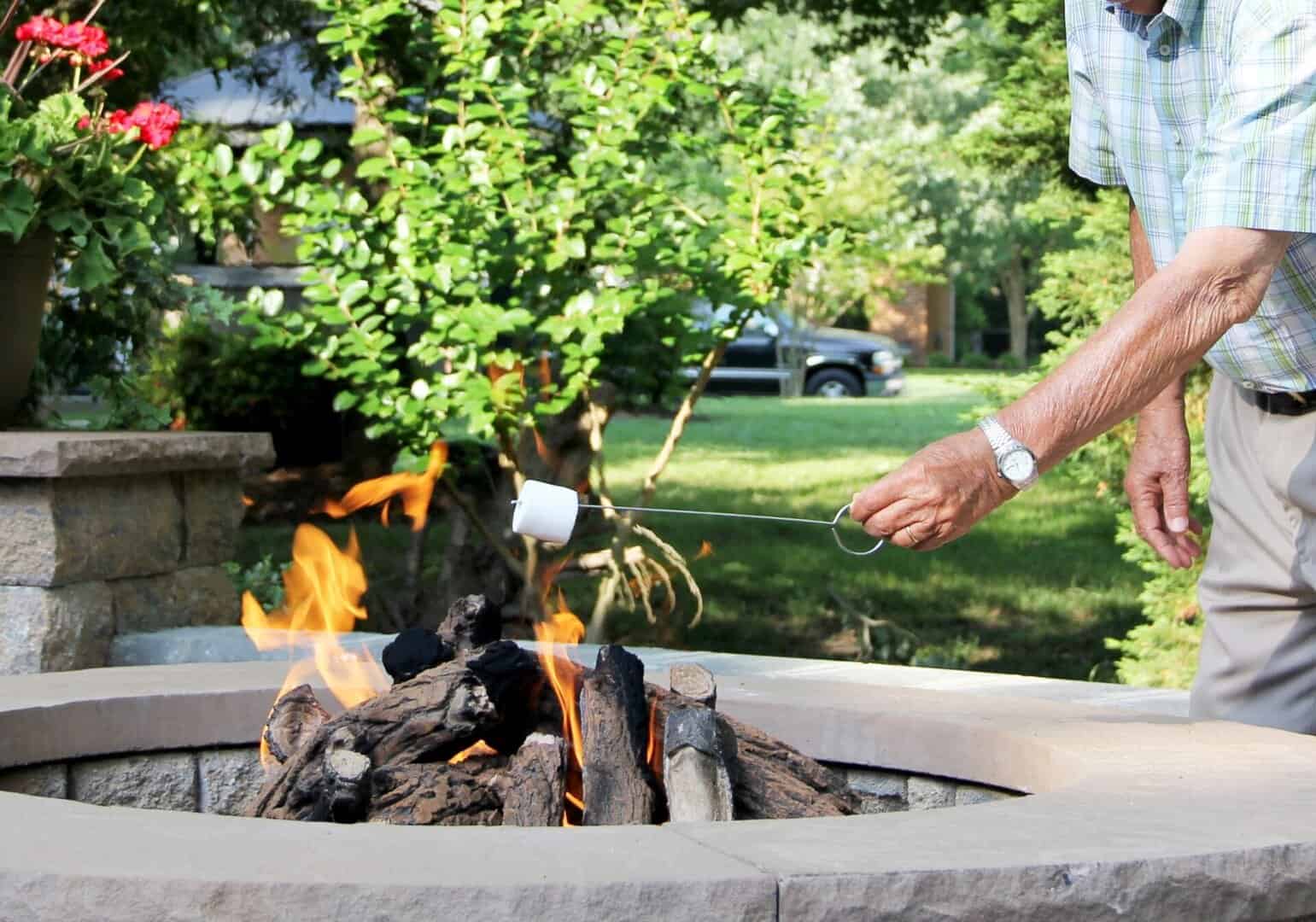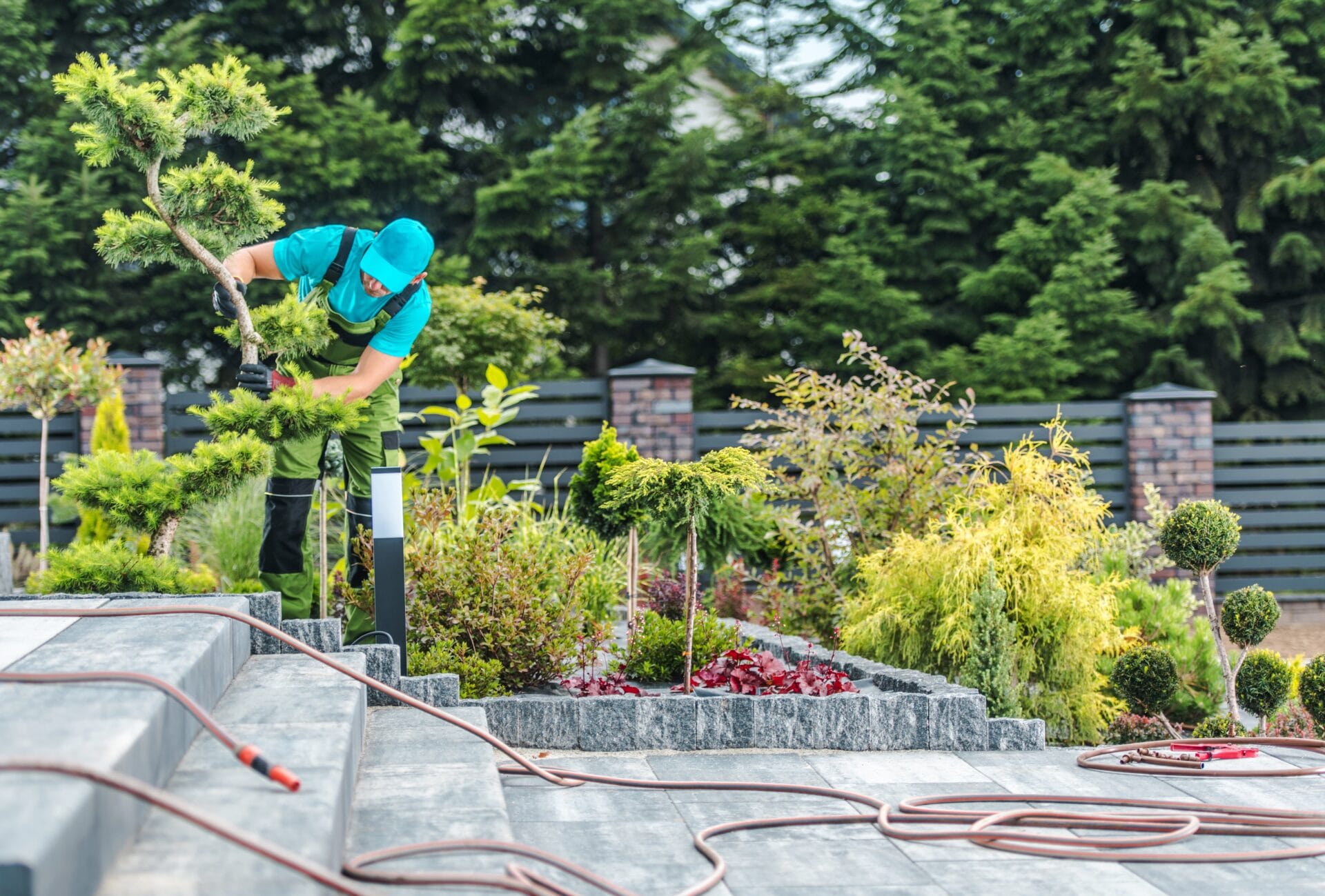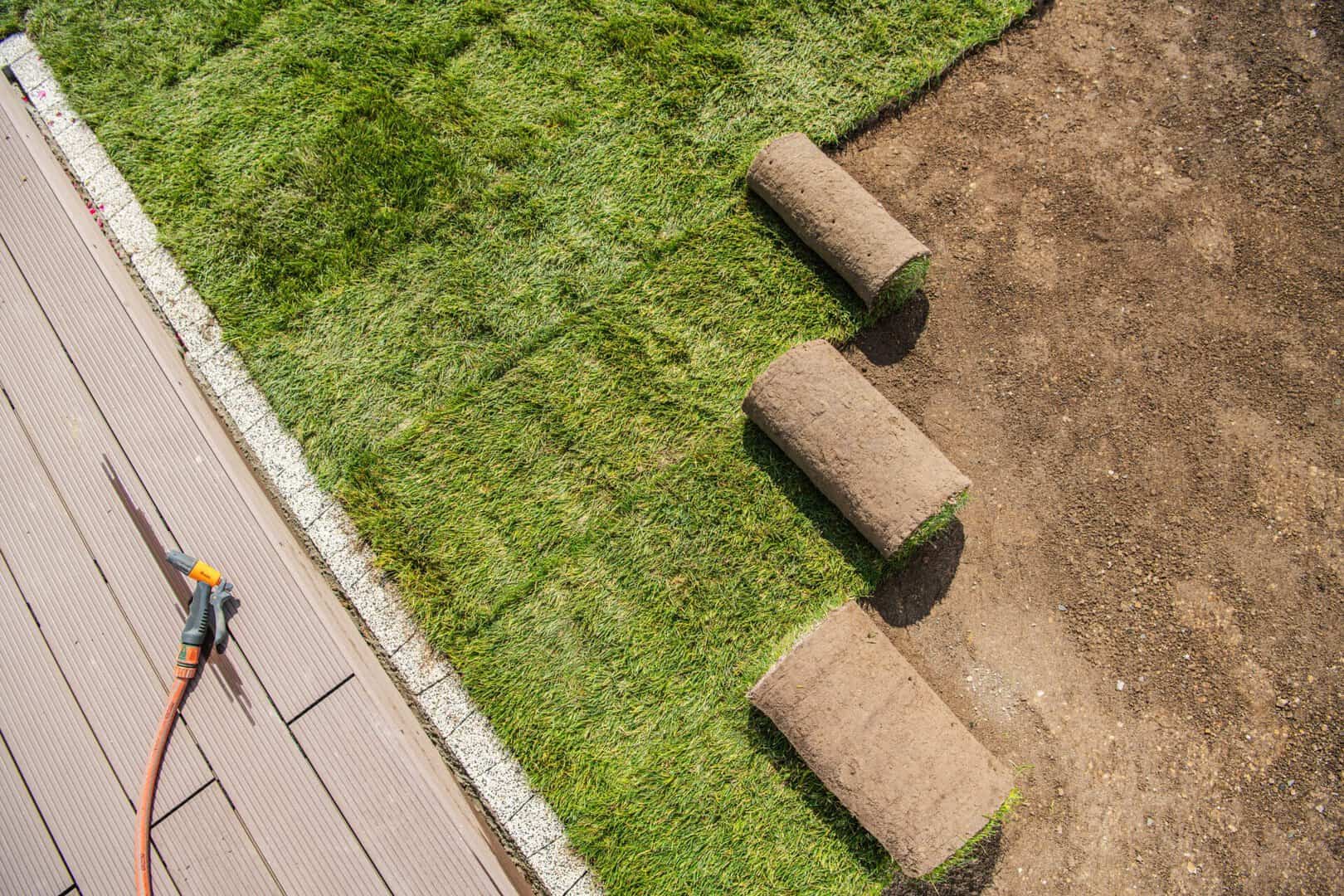Key Takeaways:
- Design your outdoor space with your dogs’ needs and behavior in mind.
- Create a pet-friendly garden with designated play areas, shade, and water sources.
- Choose dog-friendly plants and materials, and avoid toxic ones.
- Ensure safety by securing potential hazards, using proper drainage, and avoiding toxic chemicals.
- Get creative with dog-friendly backyard ideas, such as play structures and interactive toys.
Designing with Dogs in Mind
When it comes to creating a dog-friendly landscape, it’s crucial to take into consideration the unique needs and behaviors of our furry friends. Designing with dogs in mind means creating an outdoor environment that not only accommodates their size, breed, and activity level but also stimulates their natural instincts.
Dogs come in a variety of shapes, sizes, and energy levels, so it’s essential to tailor your landscape design to their specific needs. Whether you have a small lap dog or an energetic, large breed, there are several considerations to keep in mind when designing your outdoor space.
Size and Breed Considerations
Firstly, consider the size and breed of your dog. Smaller breeds may require less space to roam and explore, while larger breeds may benefit from ample room for exercise and play. Incorporate open spaces for your dogs to run, chase a ball, or engage in training activities.
Additionally, some breeds have specific needs that you should take into account. For example, scent hounds may enjoy having a designated area for sniffing and tracking, while high-energy breeds may benefit from agility courses and obstacle challenges.
Accommodating Natural Instincts
Another important aspect of designing with dogs in mind is to accommodate their natural instincts. Dogs are instinctively den animals and seek out small, enclosed spaces for comfort and safety. Consider incorporating doghouses or cozy hideaways where your dogs can retreat and feel secure.
Furthermore, dogs are social animals and enjoy being part of the pack. Design your landscape to facilitate social interactions by including seating areas where both you and your dogs can relax and enjoy each other’s company. This creates a sense of togetherness and strengthens the bond between you and your furry friends.
Remember to prioritize safety as well. Ensure that any potentially hazardous areas are secured and out of reach for your dogs. This includes placing gates or barriers around pools, ponds, and steep inclines to prevent accidents.
Creating a stimulating environment
A dog-friendly landscape should also provide a stimulating environment for your dogs. Incorporating elements such as interactive toys, scent gardens, and water features can keep your dogs mentally and physically engaged. These features not only provide entertainment and enrichment but can also help alleviate boredom and reduce destructive behaviors.
Overall, designing with dogs in mind involves thoughtful planning and consideration for your dogs’ needs and natural instincts. By creating an outdoor environment that caters to their size, breed, and activity level, and incorporating elements that stimulate their senses, you can create a dog-friendly outdoor space that both you and your furry friends will enjoy.
Pet-Friendly Garden Design
When it comes to creating a dog-friendly landscape, a pet-friendly garden is essential. In this section, we will explore the key design elements that will ensure the safety and enjoyment of your dogs in your outdoor space.
Fencing Options
One of the first considerations for a pet-friendly garden is choosing the right fencing options. A secure fence will not only keep your dogs confined within the designated area but also prevent unwanted intrusions. Opt for fencing materials that are sturdy and escape-proof, such as vinyl or metal. Avoid chain-link fences with wide gaps, as smaller dogs may find ways to escape.
Designated Play Areas
Creating designated play areas within your garden will provide your dogs with a space to exercise and have fun. Consider incorporating soft surfaces, such as turf or rubber mats, to protect your dogs’ paws. Adding agility equipment, like ramps or hurdles, can also enhance their playtime and stimulate them mentally and physically.
Shade and Shelter
Providing shade and shelter is crucial for creating a safe outdoor space for your dogs.
, pergolas, or shade sails can offer relief from the sun’s heat during hot summer months. Make sure to also provide a comfortable shelter, such as a doghouse or covered patio, where your dogs can seek refuge during inclement weather.
Water Sources
Access to clean drinking water is essential for your dogs’ well-being in the garden. Install a water feature, like a dog-friendly fountain or a shallow pond, where your dogs can easily drink or cool off. It’s important to regularly clean and replenish the water to ensure its freshness.
“A well-designed pet-friendly garden not only provides a safe environment but also enhances the bond between you and your dogs, allowing them to explore and play freely.”
Dog-Friendly Plants and Materials
Creating a dog-friendly landscape involves careful consideration of the plants and materials you choose. It’s important to select dog-friendly options that are safe for your furry friends to interact with. In this section, we will explore the best plants for your yard and discuss dog-safe materials for pathways, play areas, and structures.
Dog-Friendly Plants
When it comes to choosing plants for your dog-friendly landscape, it’s essential to select varieties that are safe for dogs. Some plants may be toxic to dogs and can cause health issues if ingested. To ensure the safety of your pets, here are some dog-friendly plants that you can incorporate into your yard:
- Lavender: Not only does lavender add a lovely scent to your garden, but it is also safe for dogs and can help deter pests.
- Marigolds: These vibrant flowers are non-toxic to dogs and can add a pop of color to your landscape.
- Bamboo: If you’re looking for a dog-friendly plant that adds privacy, bamboo is a great option. Just make sure to choose clumping bamboo varieties to prevent them from spreading uncontrollably.
- Blueberries: Not only are blueberries safe for dogs to consume, but they also provide a tasty treat for your furry friends. Plant some blueberry bushes in your yard for both beauty and snack purposes.
While these plants are generally considered safe for dogs, it’s always a good idea to monitor your pets and consult with a veterinarian if you have any concerns.
Dog-Safe Materials
In addition to choosing dog-friendly plants, it’s important to consider the materials used in your yard. Dogs love to explore and interact with their environment, so selecting safe materials for pathways, play areas, and structures is crucial. Here are some dog-safe materials to consider:
- Rubber Mulch: Rubber mulch is a great alternative to traditional wood mulch. It is non-toxic and provides a soft surface for dogs to walk and play on.
- Porous Pavement: To prevent puddles and ensure proper drainage, consider using porous pavement for your pathways. This material allows rainwater to seep through, reducing the risk of standing water.
- Artificial Grass: Artificial grass is a low-maintenance option that provides a safe and durable surface for your dogs. It eliminates the need for pesticides and fertilizers, creating a worry-free environment for your pets.
- Non-Toxic Stains and Sealers: If you have wooden structures or fences in your yard, make sure to use non-toxic stains and sealers to protect them without putting your dogs at risk.
By choosing dog-friendly plants and materials, you can create a yard that is both beautiful and safe for your furry friends to enjoy.
Creating a Safe Outdoor Space for Dogs
Safety is paramount when designing a dog-friendly landscape. As responsible pet owners, it’s crucial to consider important safety considerations to ensure the well-being of our furry friends. By taking proactive measures and incorporating thoughtful design elements, you can create a safe and secure outdoor space for your dogs to enjoy.
1. Avoiding Toxic Chemicals:
When landscaping for dogs, it’s essential to steer clear of toxic chemicals that can harm their health. Common garden and lawn care products, such as pesticides and fertilizers, can be hazardous to pets if ingested or absorbed through their paws. Opt for pet-safe alternatives or natural pest control methods to keep your outdoor space safe.
2. Securing Potential Hazards:
Identifying and securing potential hazards in your yard is crucial to prevent accidents and injuries. Take a careful look around your outdoor space and address any potential dangers. Secure or remove sharp objects, toxic plants, and potential choking hazards. Additionally, ensure that any chemicals or tools are stored safely out of reach.
3. Creating Boundaries:
Establishing clear boundaries in your outdoor space is vital when creating a safe area for your dogs. This can be done through strategically placed fencing or barriers to prevent them from wandering off or accessing unsafe areas. Consider using dog-friendly materials for fencing, such as sturdy wood or vinyl, to ensure durability and prevent accidental escape.
4. Proper Drainage:
Proper drainage is essential to prevent standing water in your dog-friendly landscape. Standing water can attract mosquitoes and potentially expose your dogs to waterborne diseases. Ensure that your yard has sufficient drainage systems in place to allow water to flow away properly. Regularly check for any areas where water may collect and address them promptly.
Landscaping for Dogs: Noise and Privacy
Dogs, like humans, appreciate peace and privacy in their outdoor space. In this section, we will explore landscaping techniques that can help create a tranquil and private environment for your furry friends. By minimizing noise and providing seclusion, you can ensure a relaxing and enjoyable outdoor experience for your dogs.
Creating a Peaceful Atmosphere
To create a peaceful atmosphere in your dog-friendly landscape, strategic planting and the use of hedges for design and privacy can be highly effective. Dense foliage and shrubs act as natural sound barriers, reducing the impact of external noise and creating a calm and serene environment. Choose plants that are suited to your climate and provide a dense, leafy coverage.
Strategically Placed Sound Barriers
If your outdoor space is particularly noisy, such as being located near a busy road or construction site, consider incorporating additional sound barriers. This can include installing fences, and walls, or even using decorative elements like water features or wind chimes that help mask unwanted noise and create a more serene environment for your furry friends.
Designing Private Spaces
Dogs also appreciate having their own private spaces in the yard where they can relax, unwind, and feel secure. Designating secluded areas using landscaping elements such as shrubs, trees, or even pergolas can provide the privacy your dogs crave. These private areas can serve as retreats for your furry friends, allowing them to feel safe and protected in their outdoor sanctuary.
Maintenance and Upkeep Tips
Creating a dog-friendly landscape is just the beginning. To ensure the longevity and safety of your outdoor space, regular maintenance is essential. Here are some tips to help you keep your dog-friendly landscape in top shape:
1. Proper Waste Disposal: Regularly clean up after your dogs to maintain a clean and hygienic environment. Use dog waste bags and dispose of them properly.
2. Lawn Care: Regularly mow and water your lawn to keep it healthy and vibrant. Consider choosing a dog-friendly grass variety that can withstand wear and tear.
3. Trimming Plants: Trim any overgrown plants or branches regularly to prevent them from becoming potential hazards or hindrances to your dog’s movement.
4. Routine Inspections: Regularly inspect your outdoor space for any potential hazards or safety concerns. Check fences for any damages or loose parts, remove any toxic plants that may have sprouted, and ensure that pathways are clear and secure.
5. Pest Control: Implement a pest control strategy that is safe for your dogs. Consider using natural repellents or consult with a professional to find dog-friendly pest control solutions.
By following these maintenance and upkeep tips, you can ensure that your dog-friendly landscape remains a safe and enjoyable space for your furry friend.
Conclusion
As you embark on the journey of creating a dog-friendly landscape, remember that the possibilities are endless. From selecting the perfect plants to designing safe play areas, every decision contributes to a space where both you and your furry friend can enjoy the outdoors to the fullest.
If you’re seeking expert guidance and professional assistance in bringing your landscaping vision to life, consider enlisting the landscape services of All County Landscape Hardscape. With our experienced team and dedication to quality craftsmanship, they can turn your dreams of a dog-friendly paradise into reality. Whether you’re looking to install durable hardscaping features or enhance your greenery with pet-friendly plants, All County Landscape Hardscape has the expertise to transform your landscape into a haven for both you and your beloved canine companion.
Contact All County Landscape Hardscape today and take the first step toward creating the perfect outdoor space for you and your furry friend to enjoy for years to come.




